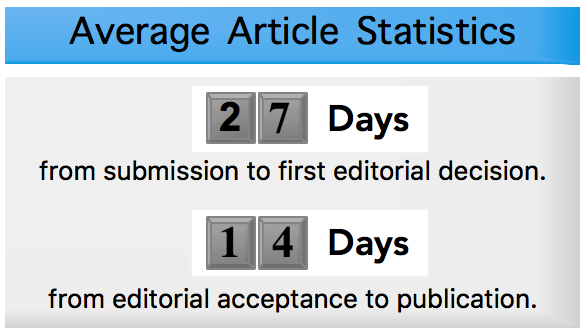Downloads
Abstract
ZnO nano−thin films were successfully prepared by the sol−gel spin coating method on a galvanized copper substrate and then modified by the thermal shock method. The modification process was carried out with individual agents as NaF or AgNO3, or a combination of AgNO3 and NaF. XRD, Raman, FTIR, FESEM, EDX and UV–visible absorption spectroscopy were used to evaluate the effects of the thermal shock method and the modifying agents on samples. The degradation of methylene blue and some other dyes under UVA and visible light was applied to evaluate the photocatalytic activity. The obtained results showed that the thermal shock method, although it had almost no effect on the bulk structure, did affect the surface of the samples via the formation of a walled-chain structure that created surface defects and increased the number of hydroxyl groups on the surface. These effects, combined with suitable modifying agents, could improve the material's photocatalytic activity. Among the studied samples, ZnO nano−thin films co−modified with the two agents AgNO3 and NaF exhibited the most significant photocatalytic activity in both UVA (kapp = 0.174 h-1) and visible light (kapp = 0.0299 h-1) regions, demonstrating an interesting synergistic effect of these two modifying agents.
Issue: Vol 9 No 1 (2025)
Page No.: In press
Published: Mar 31, 2025
Section: Original Research
DOI: https://doi.org/10.32508/stdjns.v9i1.1407
Online First = 116 times
Total = 116 times
Most read articles by the same author(s)
- Tuyet Suong Dinh Thi, Trinh Thi Tran Thi, Chau Ngoc Hoang, Quoc Thiet Nguyen, Tien Khoa Le, Green synthesis of magnetic CoFe2O4 nanoparticles as recyclable photo-Fenton catalysts by sol-gel method with the assistance of tamarind fruit extract , VNUHCM Journal of Natural Sciences: Vol 8 No 4 (2024)

 Open Access
Open Access 








